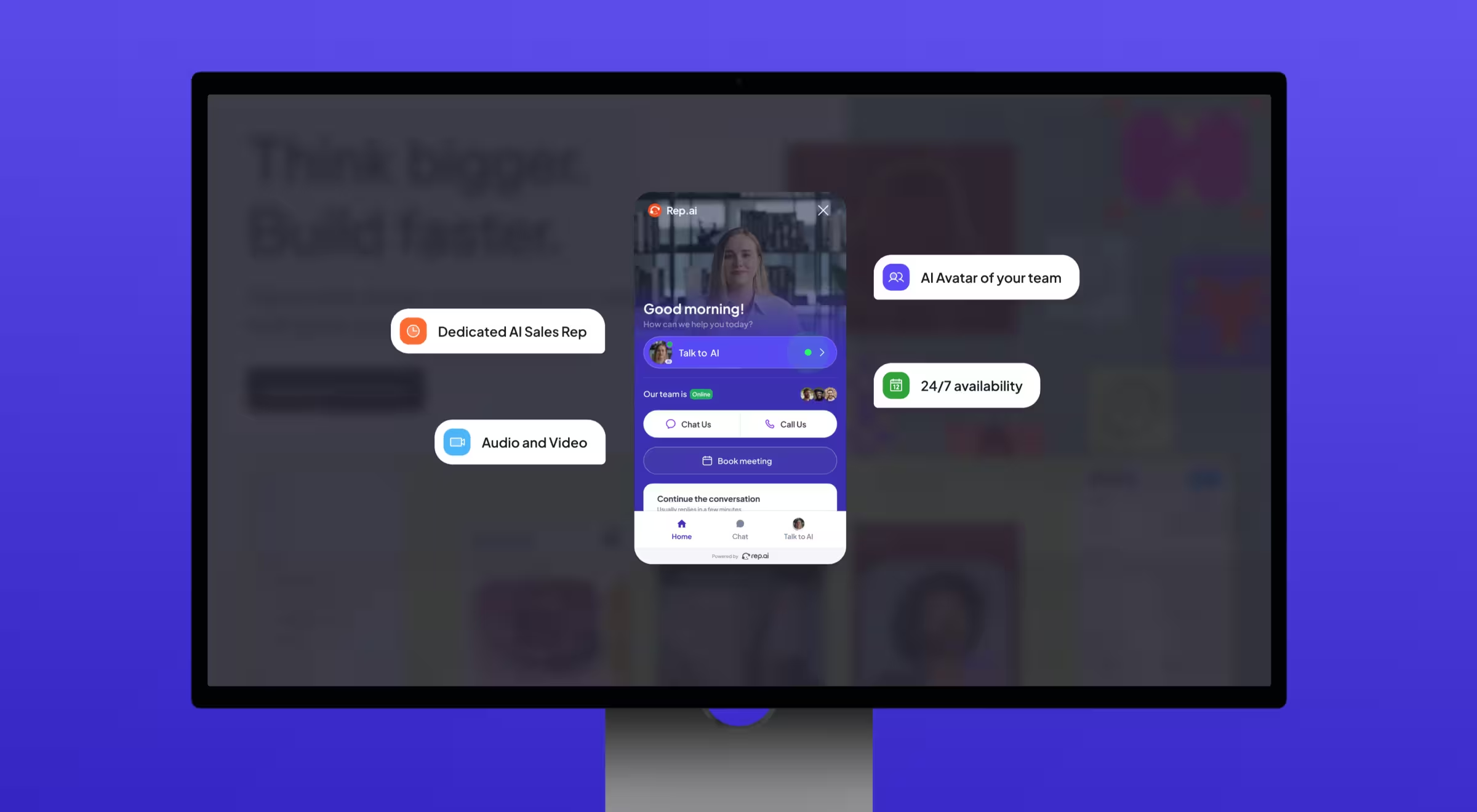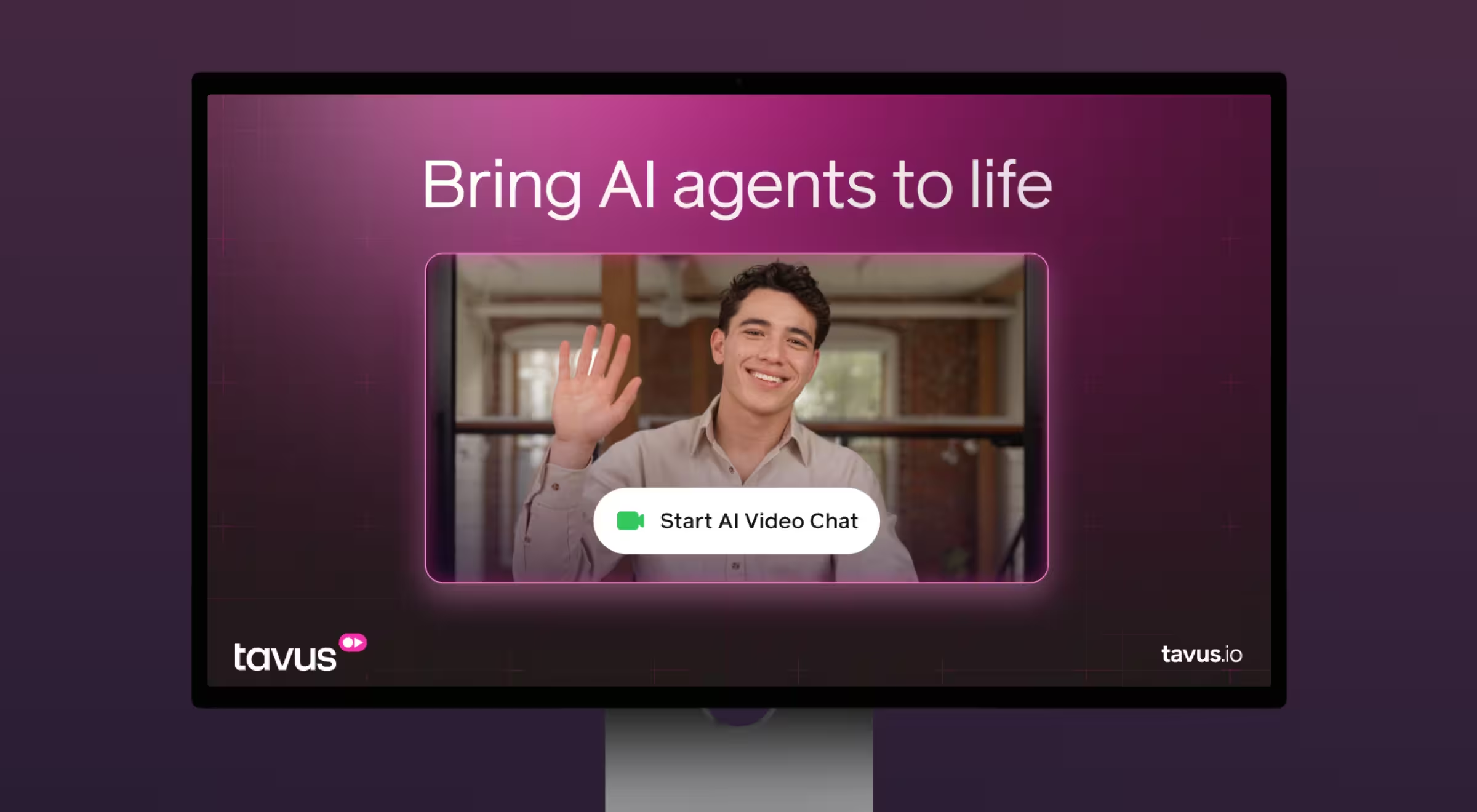In the rush to adopt the latest shiny technology, it’s easy to confuse novelty with progress. Human-like AI is one of today’s flashiest trends, but does making machines look and act like humans truly serve people?
In this article, we explore both the fascination and the unease surrounding human-like AI with Anna Demianenko, Lead Designer and AI Product Design expert at Lazarev.agency. Having worked on dozens of AI-driven products, Anna unpacks where these technologies shine, where they fall short, and what designers, founders, and society must consider when building solutions that mimic human behavior.
Key Takeaways
- Human-like AI can build trust in sensitive contexts (like healthcare or sales) but risks feeling manipulative if misapplied.
- It performs best when tailored to the audience — what works for older users may alienate Gen Z.
- Ethical use requires transparency: always disclose when users are interacting with AI.
- Sometimes, the best AI is invisible working in the background without pretending to be human.
- Designers must define what “good” outcomes look like and be mindful of bias and evolving ethics.
- Human-like AI won’t replace real empathy or relationships, it reflects the world we build it in.
Human-Like AI: Cringe or Norm?
Let’s acknowledge the elephant in the room: for many people, human-like AI feels downright cringeworthy. The idea of a chatbot with a human face, or an avatar impersonating empathy, can feel manipulative.
Yet it is precisely the human-like traits that can build trust in certain contexts. Older generations, for instance, are more comfortable dealing with a “human” presence when discussing sensitive topics like health insurance. A human-like agent can lower barriers, reduce suspicion, and encourage honest dialogue.
That’s why a one-size-fits-all mindset fails. As founders, you must ask: who is my customer, and what do they truly need? If you serve a digitally native Gen Z audience, human-like features might seem forced. But if you’re solving problems for people who value a personal touch, human-like AI can become a powerful bridge.
Where Human-Like AI Can Add Real Value
In her practice, Anna has seen human-like AI shine in two key areas:
Sales and Customer Interactions
In complex sales like insurance, human-like AI can build trust and gather information more smoothly than offshore call centers, which often struggle with accents and language barriers. “A human-like AI that asks pre-qualification questions in your native language cuts down on questions like ‘Who are you?’ or ‘Where are you calling from?’,” Anna explains.
🔍 Example: Rep.ai, a conversational AI platform designed to help businesses, especially B2B websites and Shopify stores, convert more visitors into leads and sales.

Corporate Training
Anna points out that human-like AI is transforming training scenarios too. “People used to skip pre-recorded training videos. Now, with interactive, human-like AI, they stay engaged and actually complete their learning tasks,” she says. Facilitators and trainers can scale their impact across multiple groups without losing personal connection.
🔍 Example: Tavus, AI video personalization and conversational video interface platform that helps businesses create real-time, human‑like video interactions at scale via APIs.

These benefits aren’t limited to huge corporations. Even solo trainers or small businesses can use human-like AI to scale their impact too.
But there’s a catch. Human-like AI can only deliver these benefits if it is built transparently and responsibly. Users have the right to know they are interacting with an AI agent. As designers, we must draw a clear ethical line and disclose this from the start.
Rational Thinking Over Hype
Remember the chatbot gold rush a few years ago? Everyone jumped in only to realize that many chatbot experiences were clunky, unhelpful, or even annoying.
Human-like AI risks repeating that mistake. Anna recommends to zoom out and ask yourself:
- Who is my customer?
- What outcome truly matters to them?
- Would they feel served or manipulated by a human-like interface?
Sometimes the best AI is the invisible kind, working quietly in the background like financial algorithms, social feeds, or self-driving systems.
When a client brings a human-like AI idea to Lazarev.agency, the team’s approach is to challenge it: is this really the best solution, or just the most hyped? Sometimes a simpler interface could serve the user better.
Bias, Truth, and Ethical Lines
Anna sees deeper questions at play: “How do we even define a good outcome?” Whether in religion, moral codes, or AI, how we set the target influences everything. That’s why thoughtful prompt design and unbiased training data are so important.
As a designer, Anna has her own boundaries: she avoids projects involving political propaganda, gambling, or any form of animal abuse. Beyond that, she acknowledges that even her moral compass evolves as technology shifts: “Every new trend reshapes it a bit.”
Will Human-Like AI Make Us Lonelier?
Will human-like AI increase loneliness and blur boundaries between authentic and artificial relationships?
Anna knows the answer: “We already have robots that can kick a ball, but we still prefer watching human athletes,” she says. “We are wired to value real human empathy.”
She believes human-like AI is not the root of isolation, but rather a mirror of the social and political context we live in — pandemics, wars, and polarizing media. “AI doesn’t create loneliness, but it can amplify it if we’re already disconnected.”
Final Thoughts: Our Role as Builders
Here’s the message to all the founders and builders reading this: you have immense power to shape how human-like AI is applied. Please use it with care:
- Know your audience.
- Define your purpose, and don’t chase hype for its own sake.
- Stay transparent, and always disclose when a user is interacting with AI.
- Challenge your assumptions: Human-like AI is powerful, but it’s not always the answer.
Ultimately, Anna encourages designers and founders alike to view human-like AI as a tool rather than a magic bullet. “Let’s not limit our imagination to a face on a screen,” she urges. “Sometimes the best AI is the one you barely notice at all.”
*Note: The FAQ below covers two key aspects of human-like AI. The first 5 questions focus on AI interfaces and avatars designed to mimic human behavior. The next 5 explore AI-generated content that reads like it was written by a human. While the form is different, the goal in both cases is the same: build trust, enhance clarity, and create emotionally intelligent experiences.





























.webp)













%20(1).png)
%20(1)%20(1).avif)
.avif)



